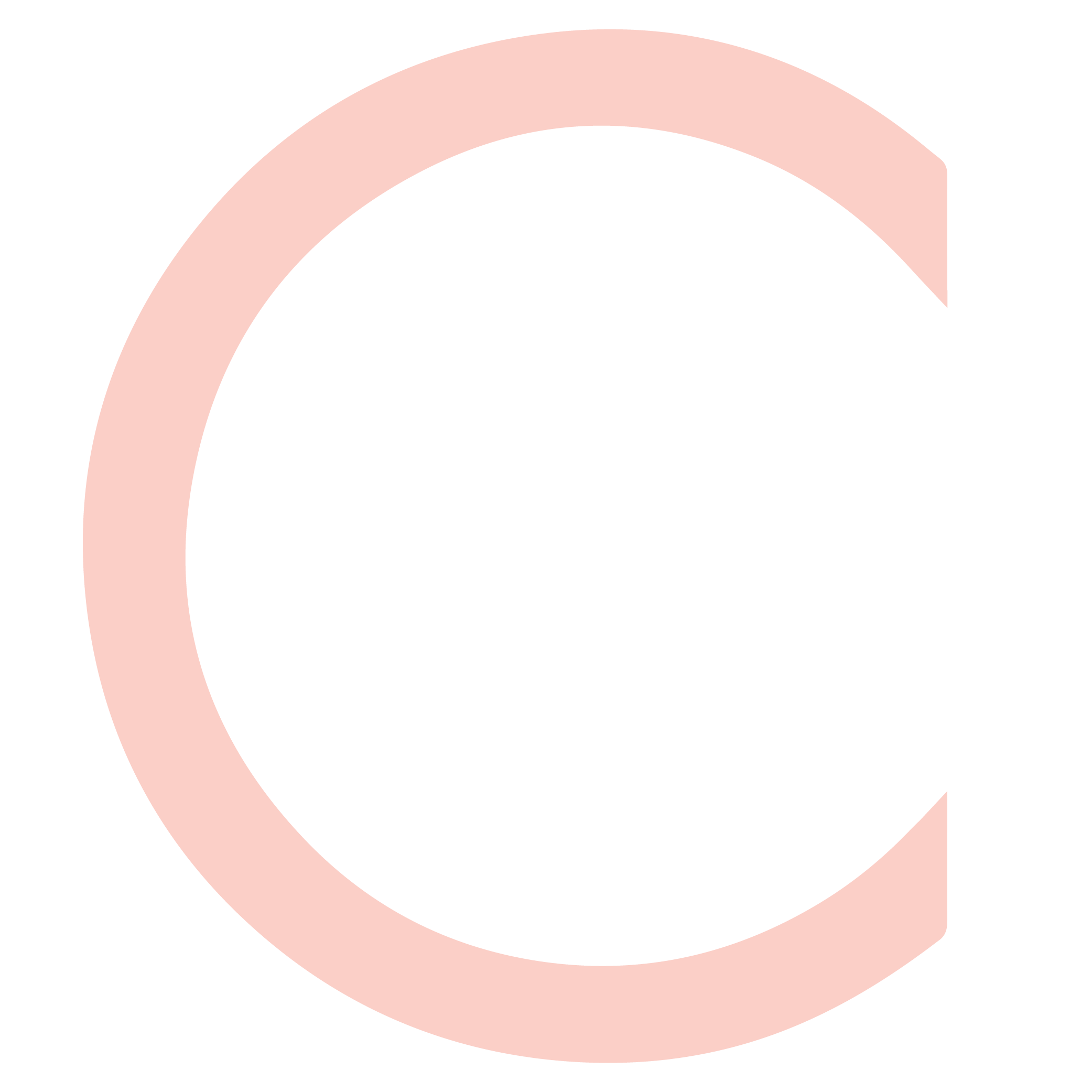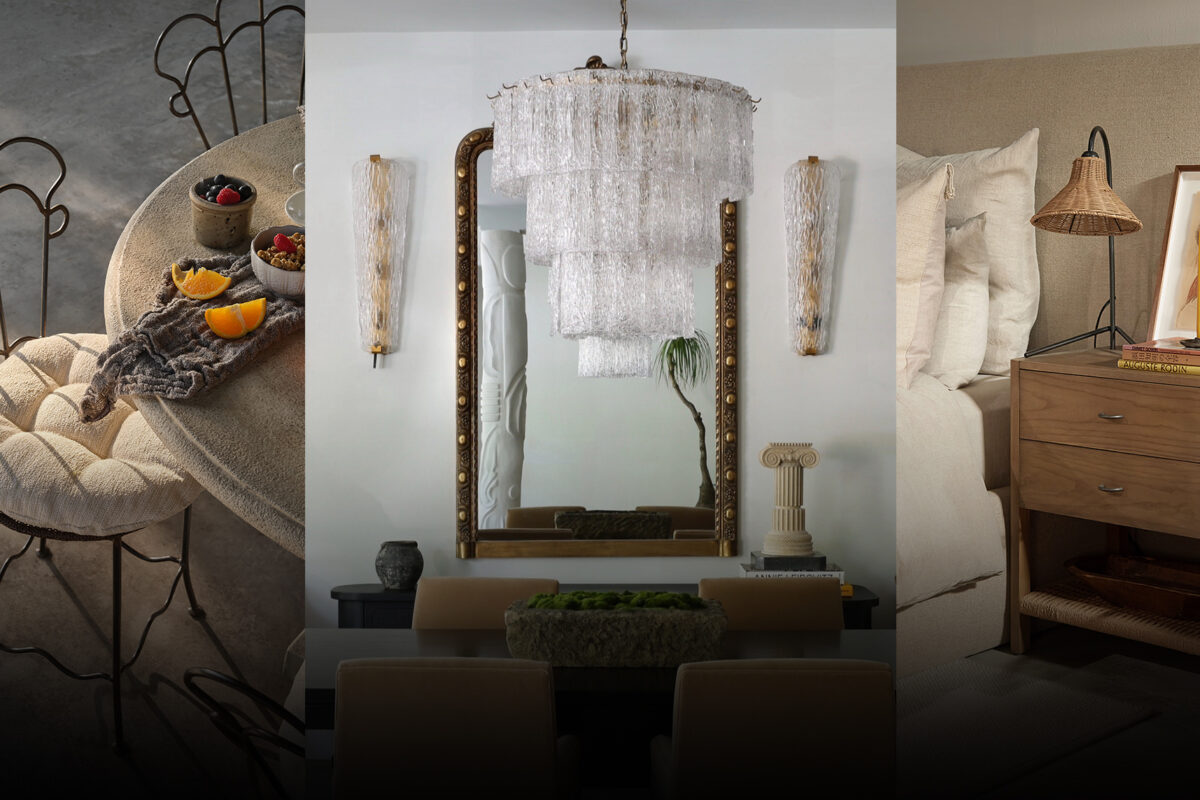A landmark show traces the artist’s brief, brilliant career
Words by KERSTIN CZARRA
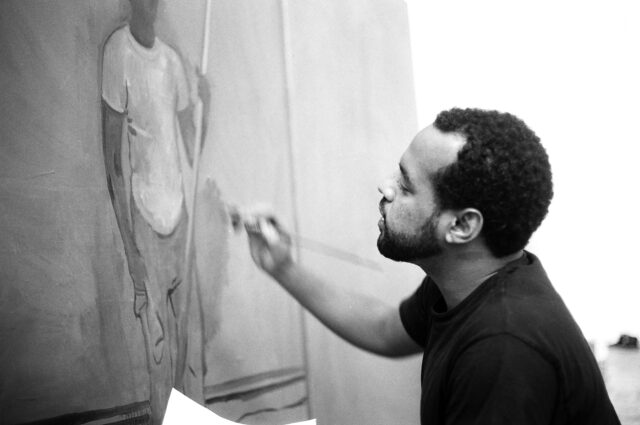
Artist NOAH DAVIS’s paintings were always about people — real and imagined, remembered and revisited. Born in Seattle in 1983, Davis found his way to painting early, establishing a studio while still in high school. After a brief stint studying film and art at Cooper Union, he moved to L.A. and immersed himself in the city’s cultural landscape through his work at the Art Catalogues bookstore. His painterly language took shape there, drawing on the legacies of Caspar David Friedrich, Romare Bearden, Mark Rothko, and Kerry James Marshall to forge a style that bridged representation and abstraction. As he once put it, he felt a “responsibility to represent the people around me.”
Davis mined both historical and contemporary imagery to portray Black life with majesty, humor, and depth, and his canvases offer glimpses into everyday life filtered through a surreal, emotionally charged lens: swimmers suspended mid-dive, lovers entwined in sleep, children gazing at public art. He used an eclectic archive of references — including vintage flea market photos, family snapshots, Black cinema, classical painting, pop culture, and myth — to build a visual language that was grounded yet otherworldly. With a restless hand and an unorthodox palette, Davis created scenes that pulse with joy and melancholy, fantasy and truth.
Davis mined historical and contemporary imagery to portray Black life with majesty, humor, and depth.
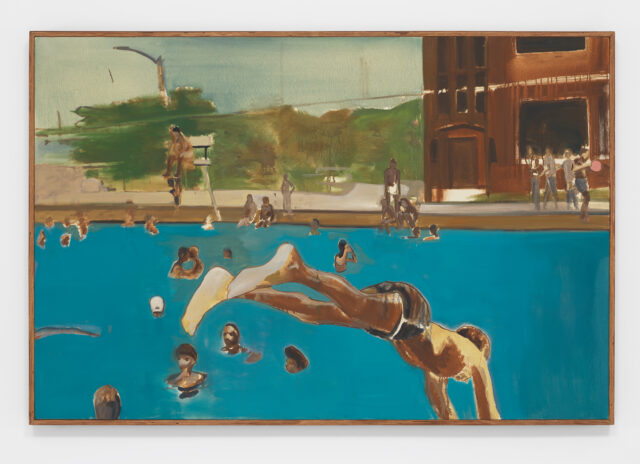
HAMMER MUSEUM’s new exhibition presents the first U.S. survey of the artist whose quietly subversive vision reshaped the contours of contemporary art. Spanning 2007 to 2015 (before his death at age 32) and featuring more than 50 paintings, sculptures, and works on paper, the exhibition also details Davis’s impact as a curator and community builder. In 2012, he cofounded the Underground Museum, transforming storefronts into a cultural hub where art was for everyone.
“We are proud to present this retrospective in a city that continues to feel [Davis’s] impact as an artist and a builder of communities,” says Hammer director Zoë Ryan. June 8 through August 31. 10899 Wilshire Blvd.; hammer.ucla.edu.
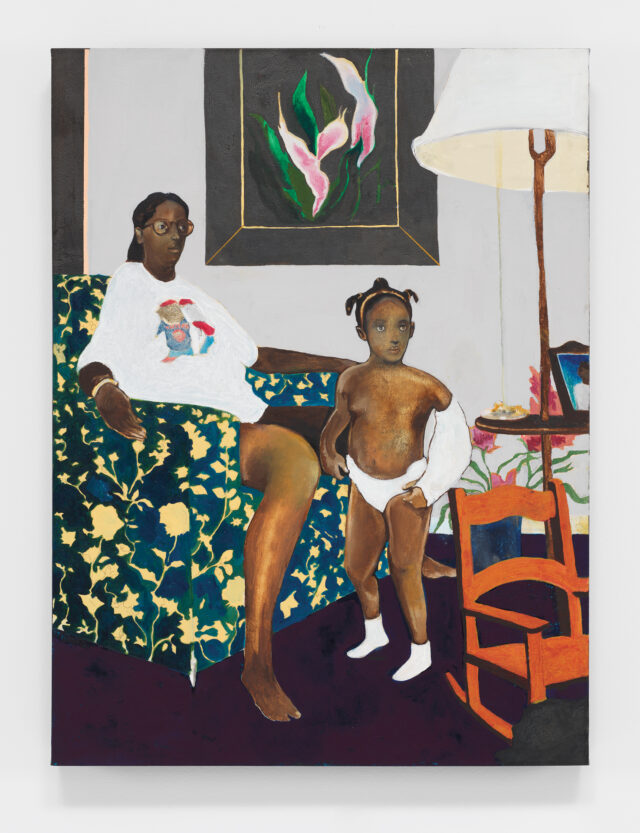
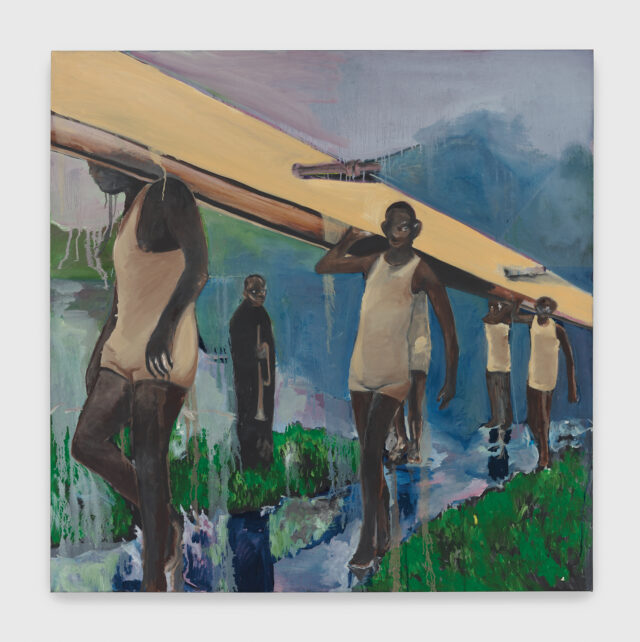
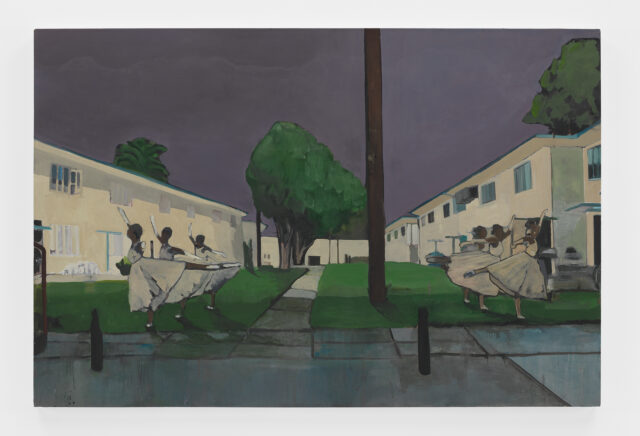
Feature image: LEFT: Noah Davis, Isis, 2009. Oil and acrylic on linen. 48 × 48 in. (121.9 × 121.9 cm). Mellon Foundation Art Collection. Courtesy of the Estate of Noah Davis and David Zwirner. Photo: Kerry McFate. CENTER: Noah Davis, Painting for My Dad, 2011. Oil on canvas. 76 × 91 in. (193 × 231.1 cm). Rubell Museum. Courtesy of the Estate of Noah Davis and David Zwirner. Photo: Kerry McFate. RIGHT: Noah Davis, Congo #2, 2015. Oil on canvas in artist’s frame. 49 1/2 × 73 1/2 in. (125.7 × 186.7 cm). Private Collection of Aileen Getty. Courtesy of the Estate of Noah Davis and David Zwirner. Photo: Elon Schoenholz.
This story originally appeared in the Summer 2025 issue of C Magazine.
Discover more DESIGN news.
See the story in our digital edition
